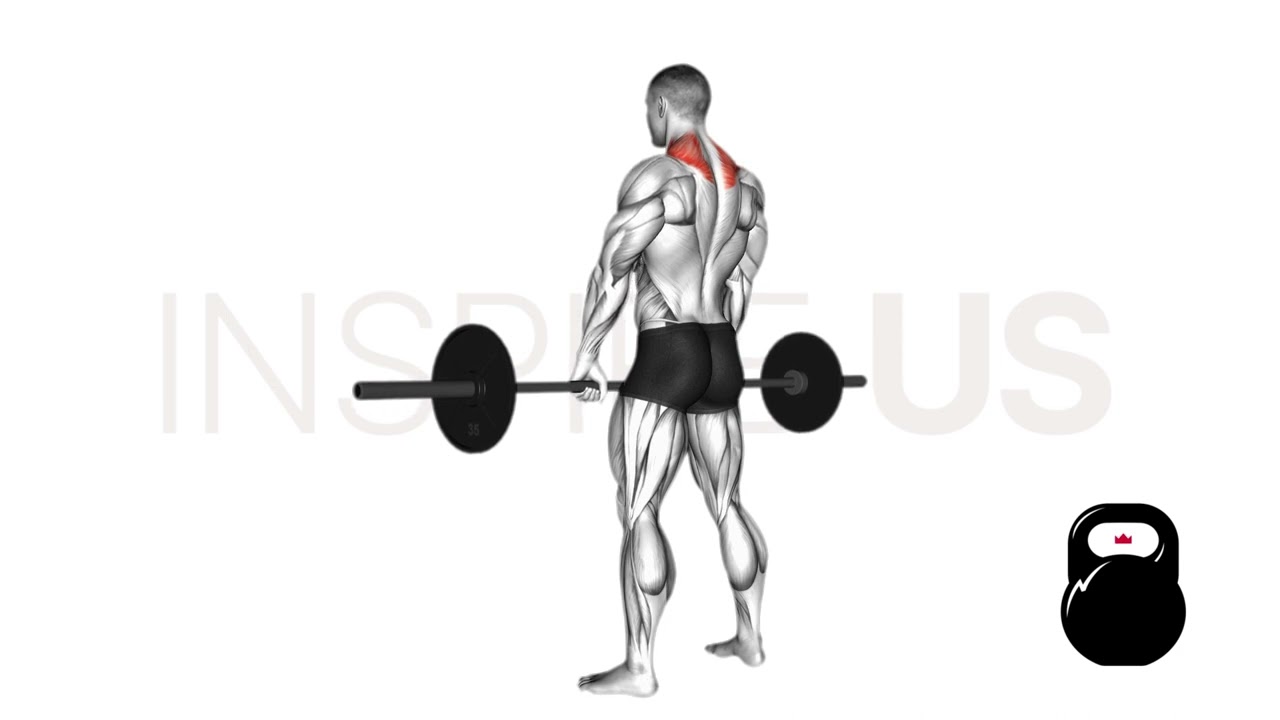Barbell Shrugs: Benefits, Muscles Worked, and More
The trapezius muscle is one of the most important muscles to develop for the appearance of a muscular torso.
Enter the barbell shrug; a seemingly simple isolation exercise that is considered to be one of the most effective trapezius mass builders out there.
In this article, we will cover the best way to perform barbell shrugs, how to get the most benefit from it, and a few common mistakes that you may already be making.
What are Barbell Shrugs?
In technical terms, the barbell shrug is classified as a single-joint isolation exercise - one that is most often performed as an accessory movement for high volume, as it is one of the few exercises capable of eliciting excellent upper trapezius development without necessarily targeting other muscle groups.
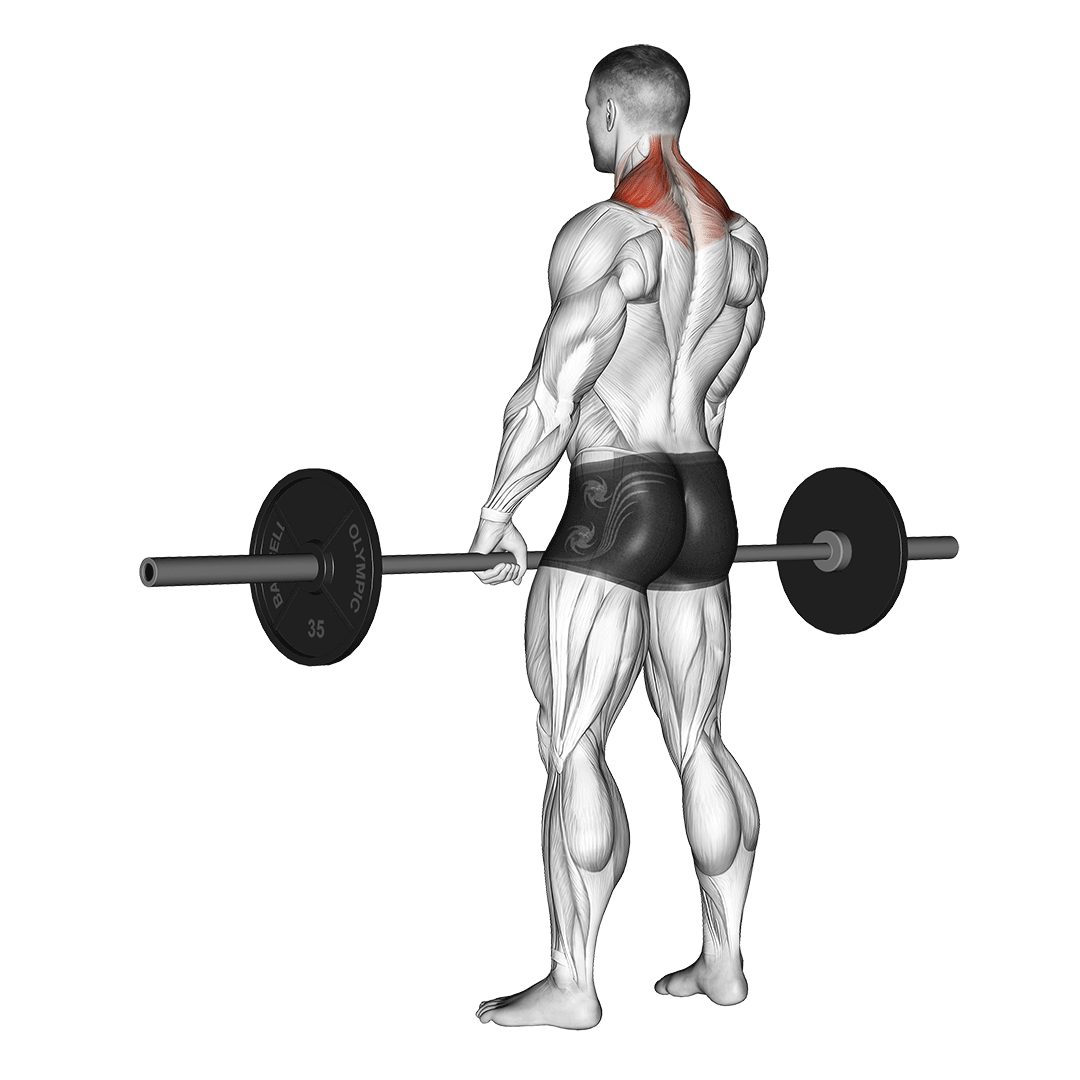
Barbell shrugs are frequently encountered in bodybuilding or strongman training programs due to the ease with which it is programmed, as well as the fact that it pairs quite well with many primary compound movements that are also seen in said types of training programs.
Who Should do Barbell Shrugs?
Barbell shrugs are as simple as they get, and can have their intensity directly altered by subtracting or adding further weight. As such, even complete novices to weightlifting can perform barbell shrugs.
How to do a Barbell Shrug
To perform a repetition of the barbell shrug, the lifter will stand upright with a loaded barbell held at arm's-length at the front of their torso, hands oriented in a double overhand grip. The hands may be set slightly wider than shoulder width apart, or as the lifter finds comfortable.
Contracting the core, pushing the chest upwards and ensuring the back is in a neutral position, the lifter will then bend slightly at the hips.
From this position, the lifter will raise their shoulders towards the sides of their head, squeezing their trapezius muscles as they do so.
Once at the limit of their trapezius’ range of motion, the lifter will slowly reverse the shrug, returning their shoulders back to a neutral position.
This completes the repetition.
What Muscles do Barbell Shrugs Work?
Barbell shrugs primarily target the trapezius muscles, and are not meant to work any other muscle group in a dynamic fashion.
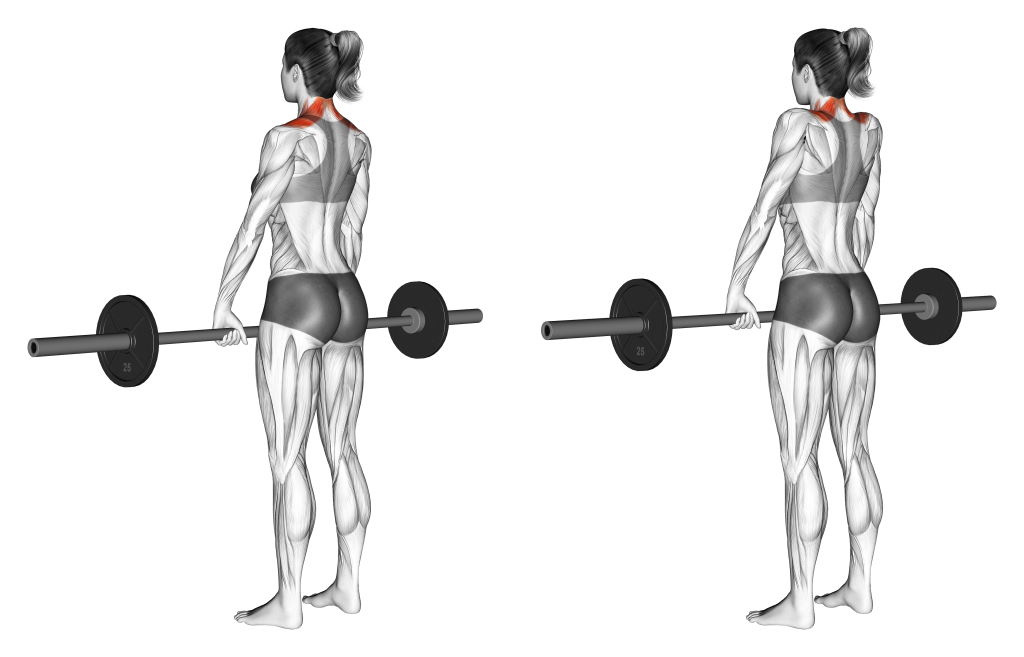
In addition, they will also include the forearms and deltoids as stabilizer muscles in some small capacity.
What are the Benefits of Doing Barbell Shrugs?
Barbell shrugs are among the few exercises that are capable of isolating the upper trapezius - and as such are also unique in the sort of benefits they can offer.
One of the Best Traps Builders
Barbell shrugs are versatile yet function perfectly within the role of an isolation exercise, meaning that widely ranging forms of training stimulus may be employed simply by altering the number of repetitions or the amount of weight being programmed into the workout.
This allows the barbell shrug to be unparalleled in terms of directly improving trapezius muscle mass, especially in regards to the upper section of the trapezius that rises above and behind the shoulders and neck.
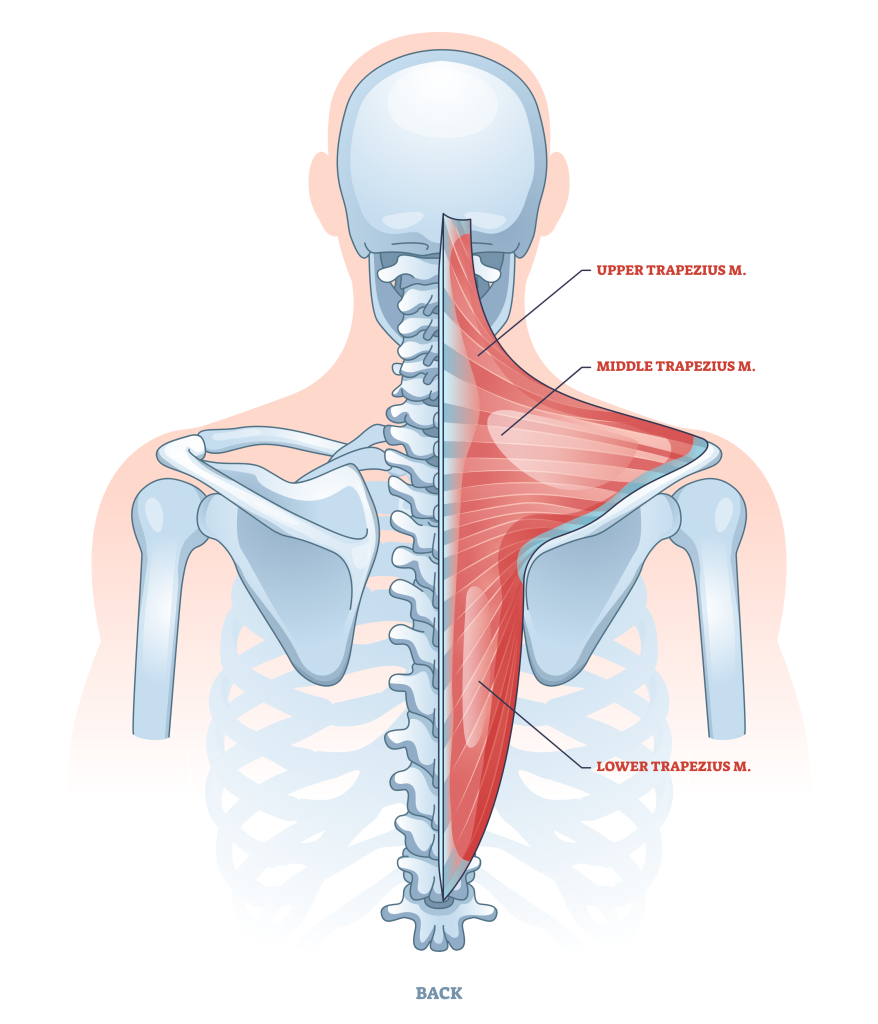
For the best results from performing the exercise, the barbell shrug should be performed once heavier exercises like the snatch or the deadlift have already pre-fatigued the trapezius muscles.
Simple, Low-Impact and Easy to Program
Aptly named, the shrug is as simple an exercise as they get, and generally low-impact as far as the joints of the body are concerned.
These benefits in combination with the ease of programming that characterizes the barbell shrug allows for one of the most accessible exercises possible, permitting even novice exercisers to perform the exercise without the need for an understanding of advanced exercise mechanics or any significant level of shoulder mobility.
Postural Improvements and C-Spine Reinforcement
The trapezius plays a major role in maintaining scapular alignment and proper rotation of the shoulders. If they are weakened, significant problems in posture and even curvature of the cervical spine may be present.
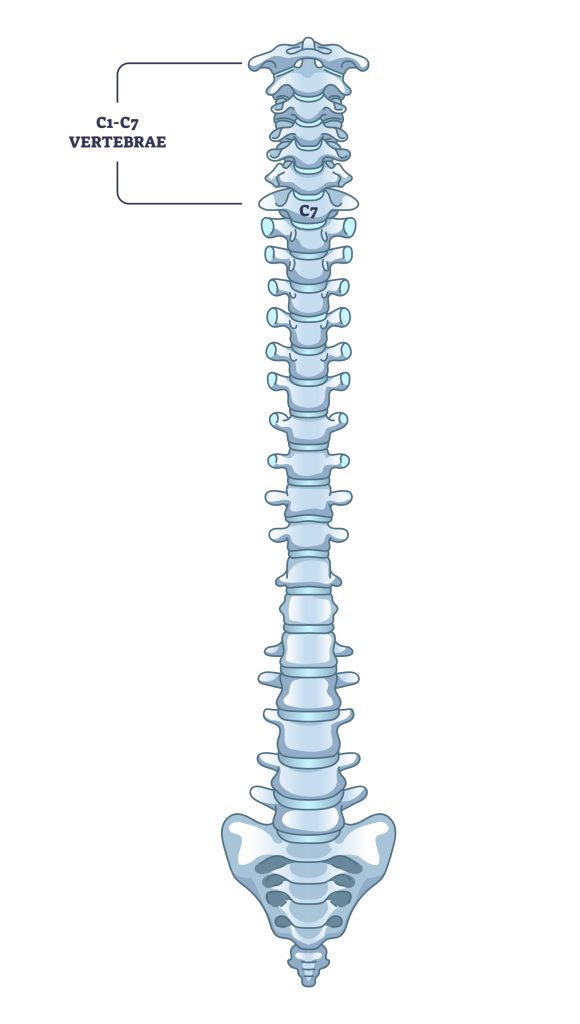
As such, regularly performing barbell shrugs so as to strengthen the trapezius (and stretch it) will aid in improving the lifter’s posture, as well as helping them to maintain correct neck and upper back curvature for proper spine alignment.
Carry-Over to Other Back Exercises, Especially the Deadlift
Although not to the same range of motion as the barbell shrug, many other exercises also involve recruitment of the trapezius to a certain extent.
Movements like pull-ups, barbell rows and even the deadlift all work the traps in both a dynamic and isometric capacity, and as such strengthening the muscle through targeted isolation work will create a direct carry-over effect to these seemingly unrelated exercises.
Common Barbell Shrug Mistakes
Although the barbell shrug is quite difficult to get wrong, there are still a few commonly made mistakes that can make the overall movement less efficient or even injurious, if excessive weight is being used as well.
Swinging the Back or Torso
The barbell shrug is most effective when performed in a slow and controlled manner, with all of the force being produced by the trapezius muscles themselves.
Producing momentum by way of jerking the back or swinging the torso will not only take much of the resistance away from the trapezius muscles, but also potentially injure the lifter if they are not bracing their core correctly.
For the best results, perform barbell shrugs with no movement of the torso.
Extending the Neck and C-Spine
Although tempting, lifters should refrain from extending their neck and upper back forwards as they contract their trapezius muscles.
This can lead to unneeded pressure being distributed along the structures of the neck and upper spine, and is largely inefficient for training the traps.
Bending the Arms
One common mistake seen in even advanced lifters is them drawing the barbell upwards by way of bending their arms - which will shift the purpose of the exercise away from the trapezius and make the exercise less effective for its original intended purpose.
This should be avoided as much as possible, and may ultimately be a sign that excessive amounts of weight are being loaded onto the bar.
Excessive Usage of Momentum
Each repetition of the barbell shrug should ideally be performed with as little momentum as possible taking place, and care being taken to ensure that the trapezius are subjected to as much time under tension as possible.
Allowing the bar to drop during the latter half of the repetition or intentionally performing the exercise as rapidly as possible will not only reduce how well the traps are worked, but also potentially injure the shoulders and trapezius muscles themselves.
Lifters having trouble maintaining a proper tempo can try counting out each repetition, intentionally slowing them down until several seconds have passed.
Alternatives and Variations of the Barbell Shrug
If the barbell shrug isn’t quite to your liking - or you want a more complex exercise - try the following variations and alternatives out.
Lat Pulldown Machine Reverse Shrugs
As the name implies, this particular alternative to the barbell shrug is performed with the use of a lat pulldown machine.
Rather than drawing a bar upwards with the arms extended below, the lifter will be drawing their shoulder blades and trapezius backwards as they grip a pulldown bar overhead.
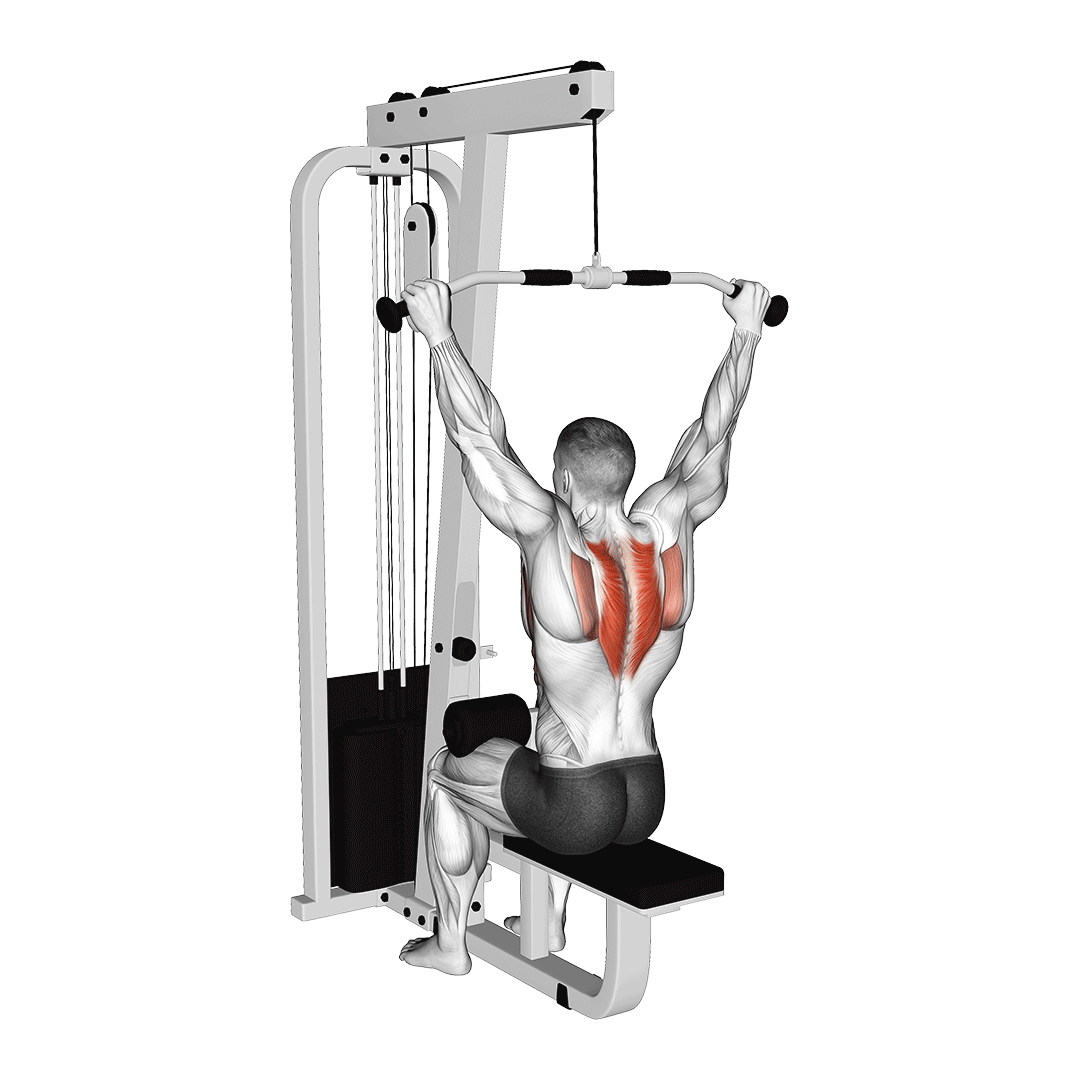
This variation of the reverse shrug is most often used as an alternative to the barbell shrug for athletes who engage in plenty of vertical pulling exercises - or for individuals that wish to avoid using a barbell.
Upright Rows
Although controversial due to its risk of shoulder injuries, the upright row is the next best thing for building significant trapezius muscle mass and strength.
It is frequently employed by bodybuilders for developing the trapezius and other upper back muscles in a manner similar to that of the shrug.
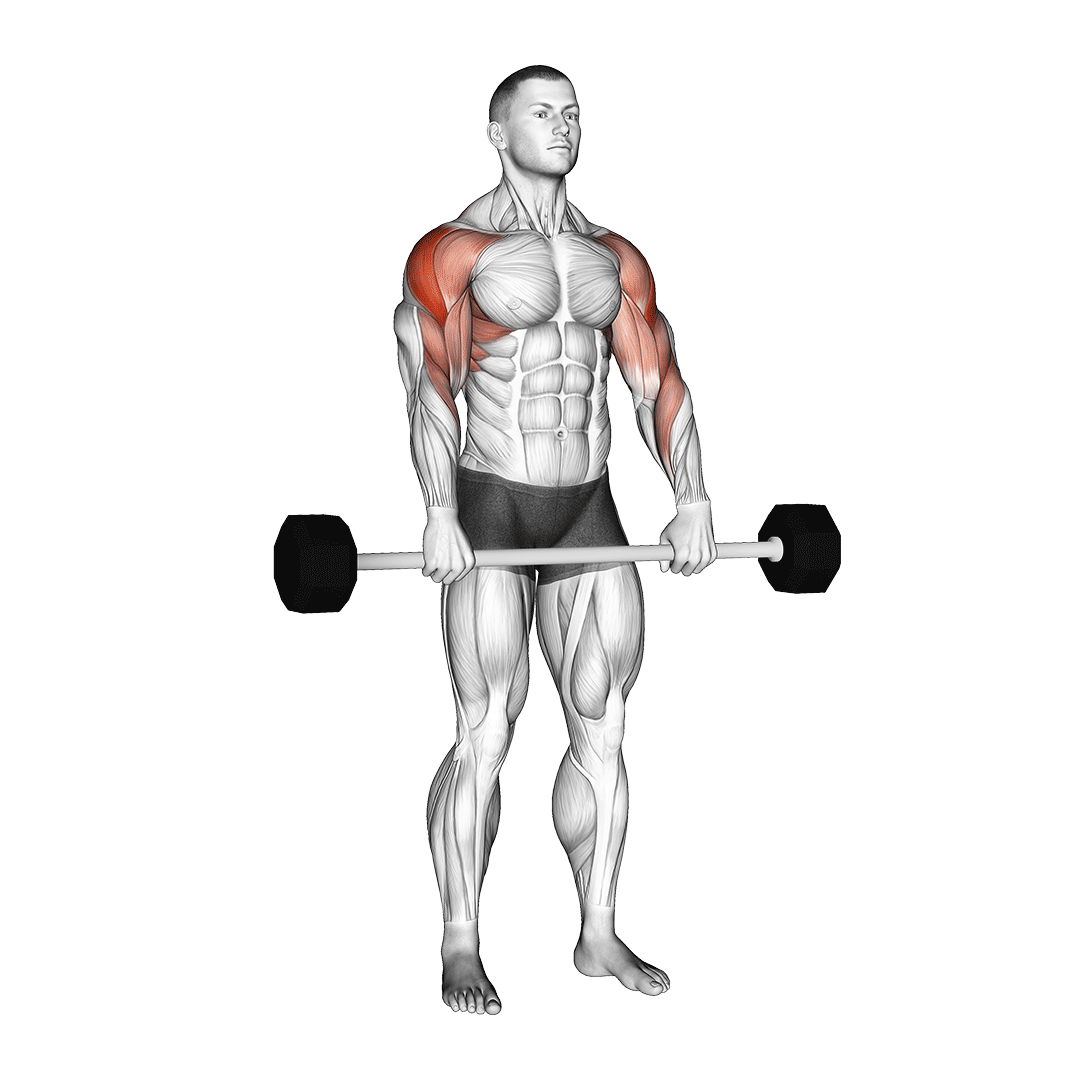
Alongside the trapezius are the deltoids and biceps, both of which are also utilized in a dynamic capacity and as such classify the upright row as a compound movement, rather than an isolation one like the barbell shrug.
Upright rows are somewhat more complex than barbell shrugs, and as such it is advised that novice lifters or those with shoulder and elbow mobility issues avoid performing it.
Behind the Back Shrugs
As one may guess, behind the back shrugs are quite literally conventional barbell shrugs performed with the bar set behind the lifter’s body, rather than at the front.
The benefits, mechanics and functionality remain much the same, although some lifters find it to be more awkward in execution due to the bar scraping against the back of the body.
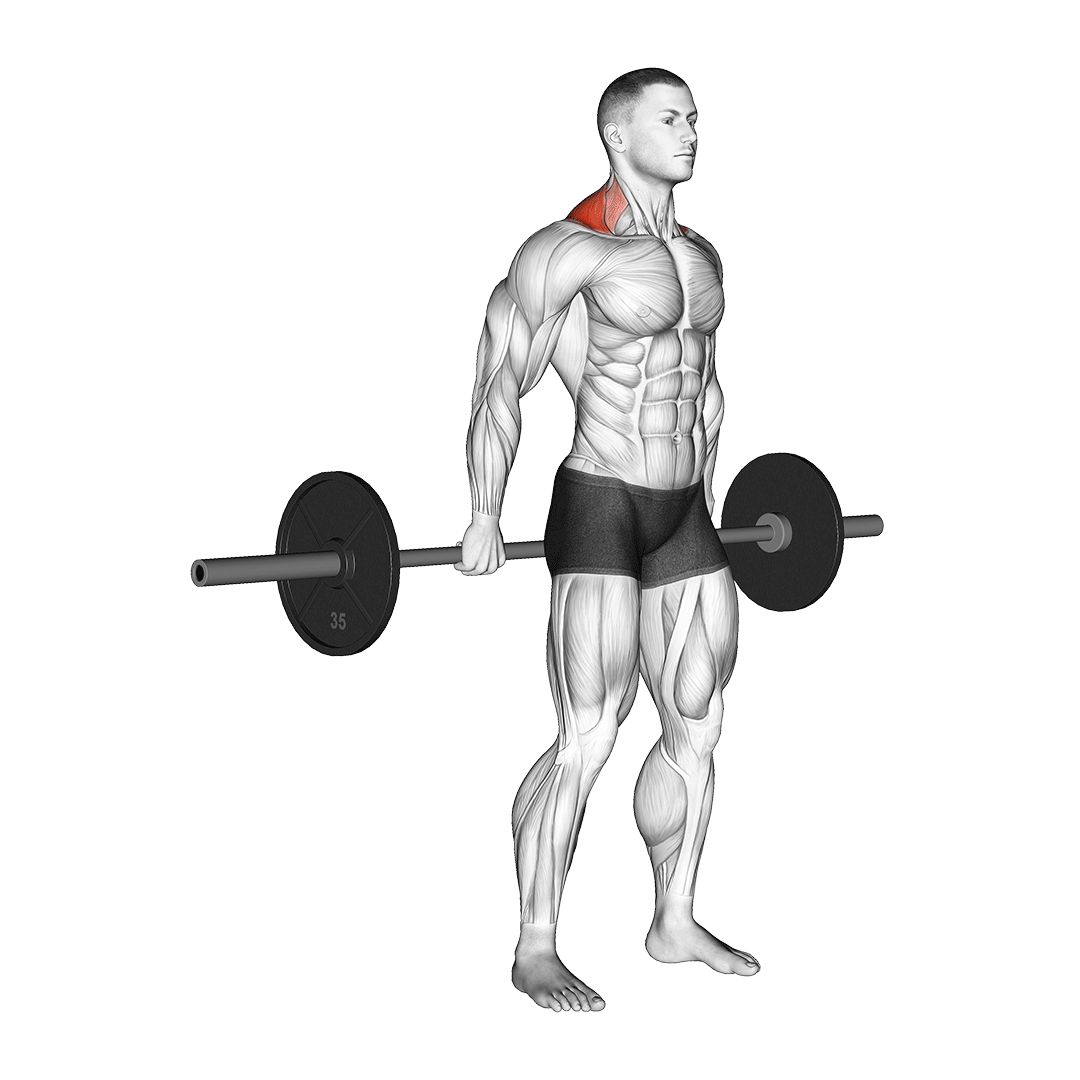
Behind the back shrugs allow for greater emphasis on the middle section of the trapezius, and are occasionally used interchangeably with the conventional barbell shrug for a more comprehensive workout of the trapezius muscles.
Frequently Asked Questions (FAQ)
Are Barbell Shrugs Safe?
Yes - if performed with proper form by a healthy individual, barbell shrugs are entirely safe and quite beneficial for building the muscles of the trapezius.
Do Shrugs Make Your Neck Stronger?
Not necessarily. Although the trapezius muscle group does indeed form a portion of the “neck”, the shrug does not quite work the actual muscles that are responsible for neck movement itself.
Should Barbell Shrugs be Heavy or Light?
The amount of weight loaded onto the barbell during a set of shrugs will depend on your training goals.
Powerlifters, strongman competitors and other types of individuals seeking greater upper back strength may perform heavy shrugs, whereas those aiming for greater volume (or optimal safety) will likely perform the exercise with a lighter amount of weight.
Final Thoughts
The barbell shrug is an all-around solid trap builder that is only as effective as its programming allows it to be. To get the most benefit out of the barbell shrug and other exercises like it, seeking out a personally-tailored workout plan from a professional coach may be your best bet.
Keep in mind that the barbell shrug is only an isolation exercise, and is not enough to train the entirety of the back.
Combining it with movements like the lat pulldown, barbell row and good mornings will help create a balanced and healthy physique.
References
1. Armitage-Johnson, Stephanie C.S.C.S.. STRENGTH EXERCISE: The Power Shrug. National Strength and Conditioning Association Journal 12(3):p 52-55, June 1990.
2. Pizzari T Wickham J Balster S Ganderton C Watson L. Modifying a shrug exercise can facilitate the upward rotator muscles of the scapula. Clin Biomech. 2014; 29:201-205.

